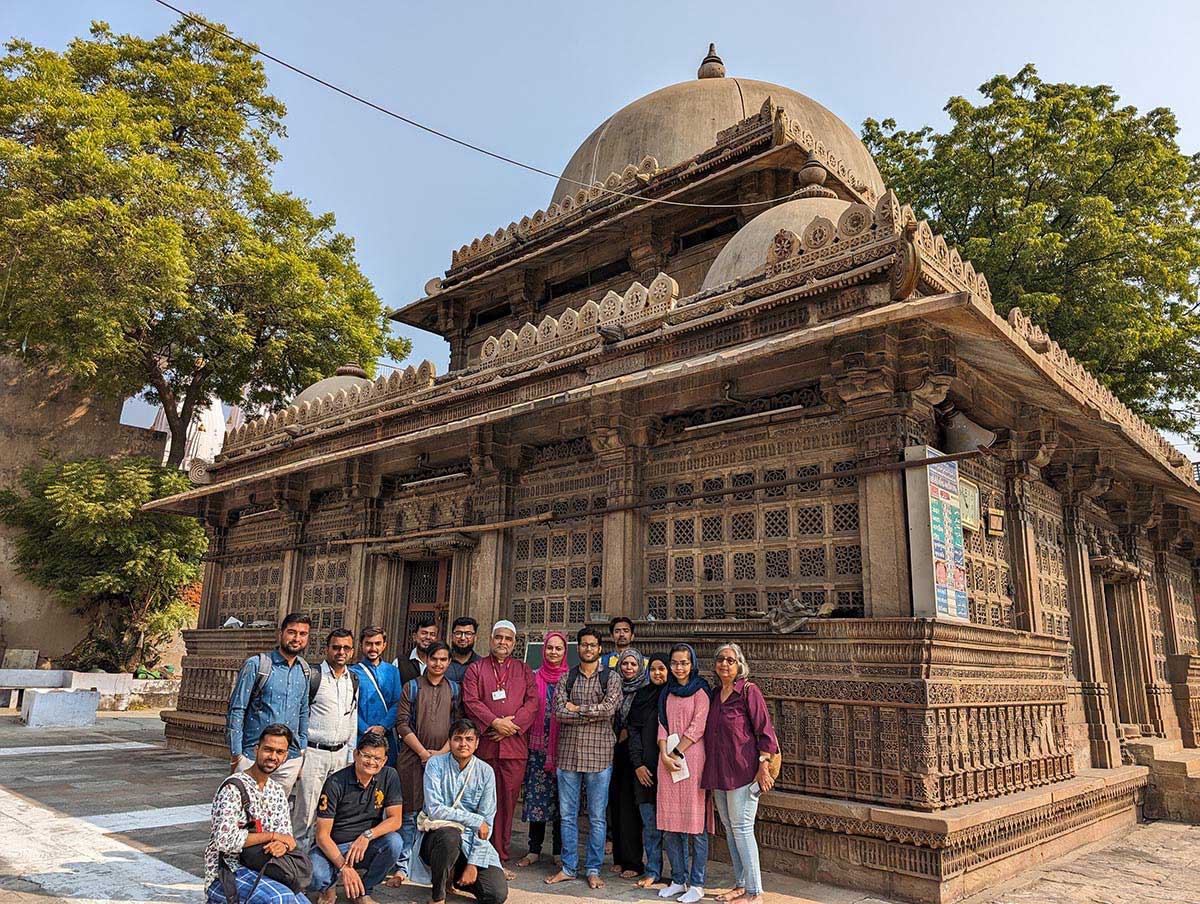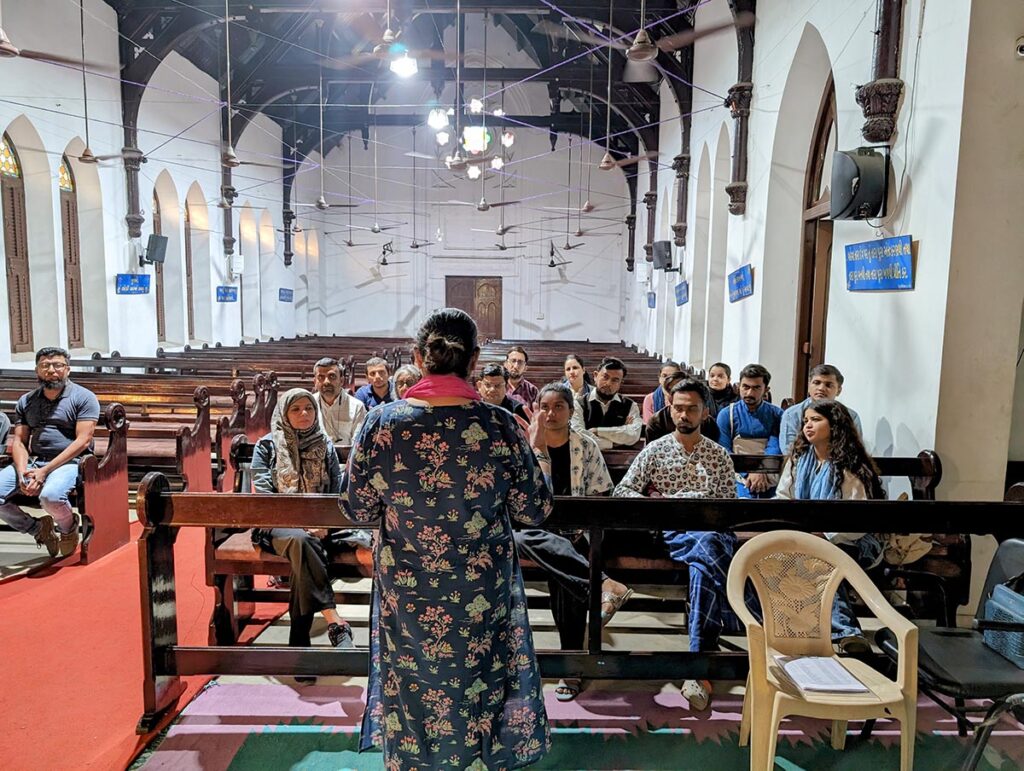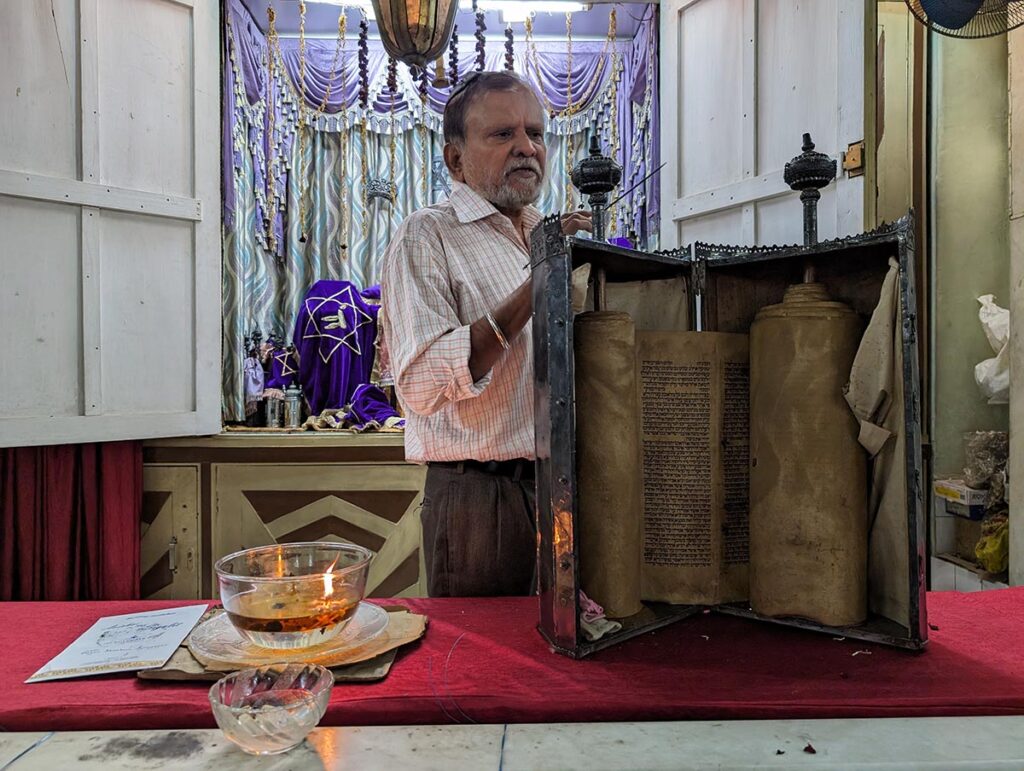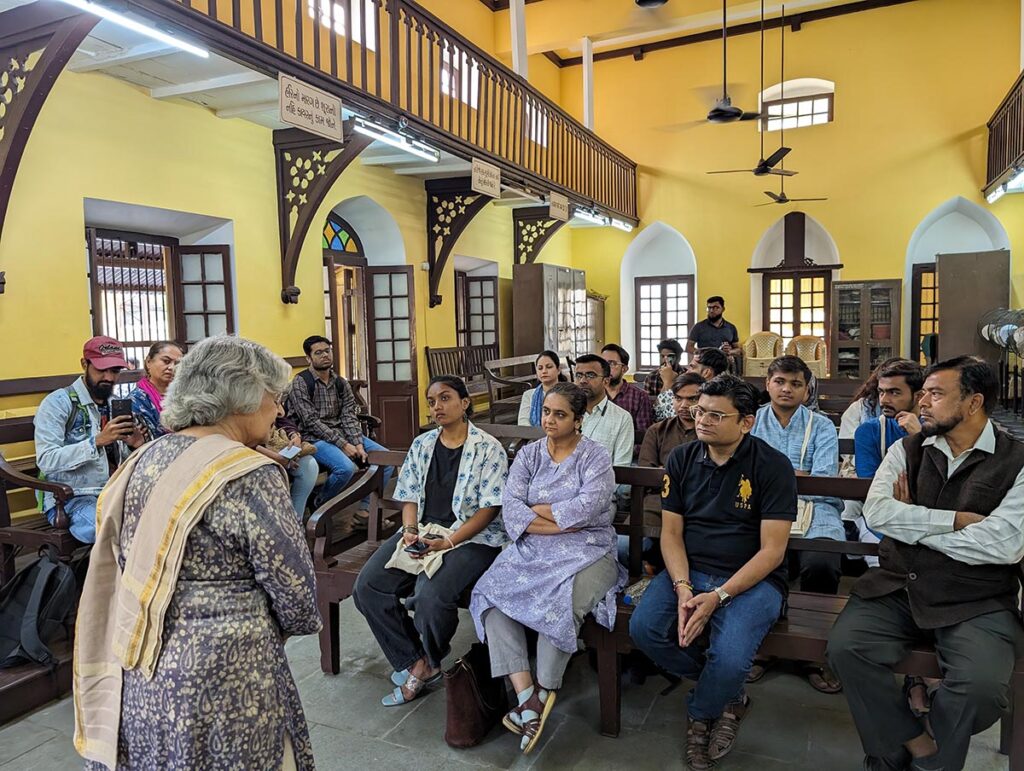On the occasion of World Heritage Week (November 19-25), a new platform called Saanjhi Virasat launched as an advocacy collective that promotes public action on heritage, organised a walk through diverse parts of the city. The platform aims to explore, discover, and preserve lost oral traditions and ancient monuments through advocacy and dissemination of information. It engages with communities to generate public action by offering platforms to people from all backgrounds to explore, learn, and preserve lost tangible and intangible heritages.
Given the very nature of the initiative is one its core values is the belief that ‘heritage’ cannot be divided along religious lines. In todays’ times of conflict and even hate, it was felt necessary that the first event of the platform should be one that helps to build a better understanding of each other’s ways of Life. And so the concept of Shamil (meaning ‘to Include’) came into being.
Shamil was devised as a Religious Diversity walk and was conducted on November 24, 2023. The aim of the walk was to showcase the religious diversity that exists in the city of Ahmedabad from the time of its inception and subsequent centuries, within a radius of 1.5 kms near the Raikhad area. The walk commenced from the CNI Church, went onto the Jewish Synagogue, Parsi Agyaari and ended at the Rani Sipri’s Mosque while visiting the Prarthana Samaaj on the way.
The walk was facilitated by Ms. Bhavna Ramrakhiani and Jitendra Singh Rajput.
The first place to be visited during the walk, was The Church of North India (CNI) which is an important landmark as soon as one crosses the Ellis Bridge, in the old city area of Ahmedabad. The building of the Church in Ahmedabad, was built in 1901. The Church of North India (CNI) runs close to 65 Hospitals and innumerable schools across the country.
Tucked away in a corner, the Synagogue of Magen Abraham, right across the Parsi Agyaaari, is a beautiful small structure. It is the only house of prayer that is available for important ceremonies to the Jewish community in Gujarat. There are close to 170 people in Ahmedabad that follow this religion. The history of the Jewish community dates back to 2,800 years and the community has been instrumental in building many institutions for the larger public good.
The Parsi Agyari is a simple building in close proximity to the Jewish Synagogue. The Agyari caters to the religious and spiritual needs of the small community of the Zorashtrian faith. The Parsis (people from Persia) landed in Sanjaan, Gujarat in the 10th century and have assimilated themselves into the culture of the land, while keeping their distinct identity alive.
The Prarthana Samaaj building on the main road, in the Raikhad area of Ahmedabad is a simple structure that draws heavy influences from many religions which are noticeable in the built structure of the prayer hall. The Prathana Samaaj was set up in the early 1800s by reformist Raja Ram Mohan Roy in Bengal and its influence moved to the rest of the country. It was set up as a movement to wean people away from the blind superstitions and rituals followed in the name of religion in those days.
The last visit during the walk, was to Rani Sipri’s Mosque or Masjid-e-Nagina which is located on the main road, very close to Astodia Darwaza. It is a small masjid built in 1514 A.D. by Sultan Mahmud Begada’s wife, Rani Sipri also known as Rani Sabrai. Also probably one of the only masjid’s where women are allowed to go inside the premises.
This mosque has been praised by many European travellers as a beautiful specimen of Indo-Islamic architecture, of outstanding value. This is a fact worth noticing since, the World Heritage City tag has been awarded to Ahmedabad City by UNESCO based on is buildings that follow the unique style of Indo-Islamic Architecture that precedes the style of the Mughals by a 150 years.
Related:
A Secular Marriage Law Comes To the Rescue of Indian Muslim Parents





